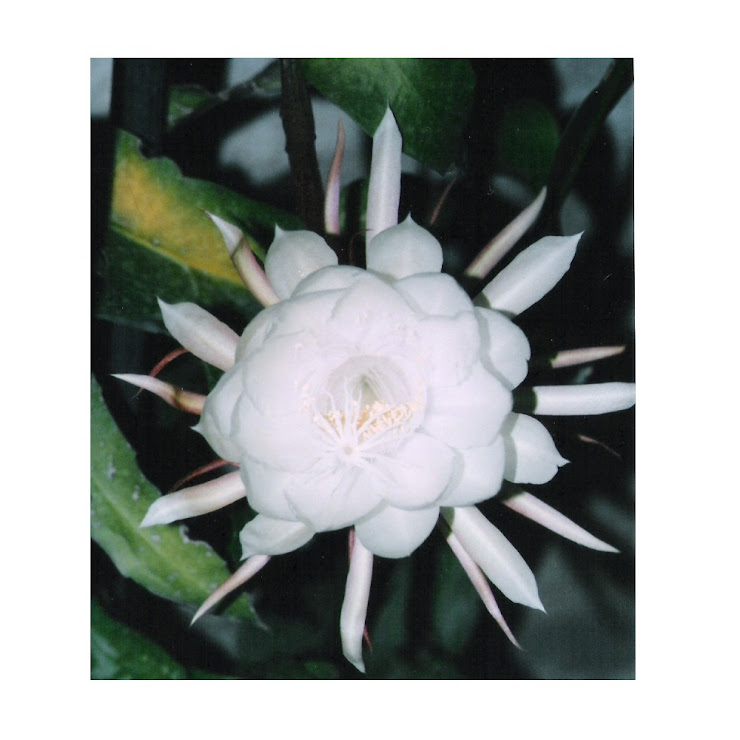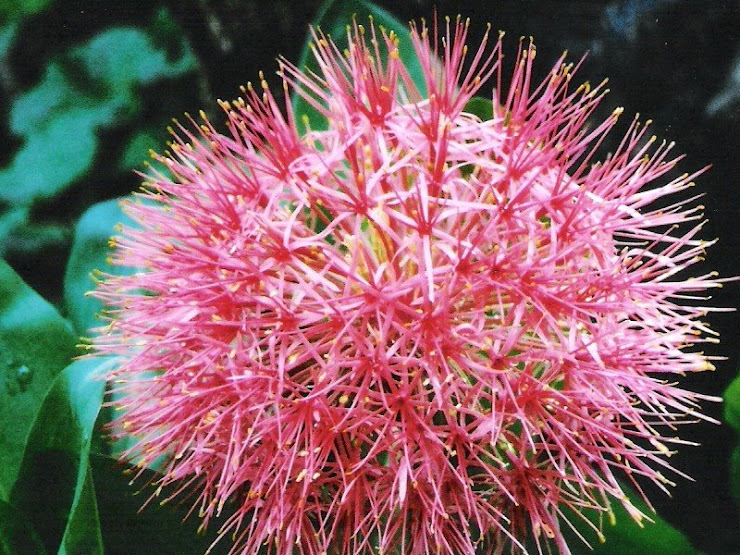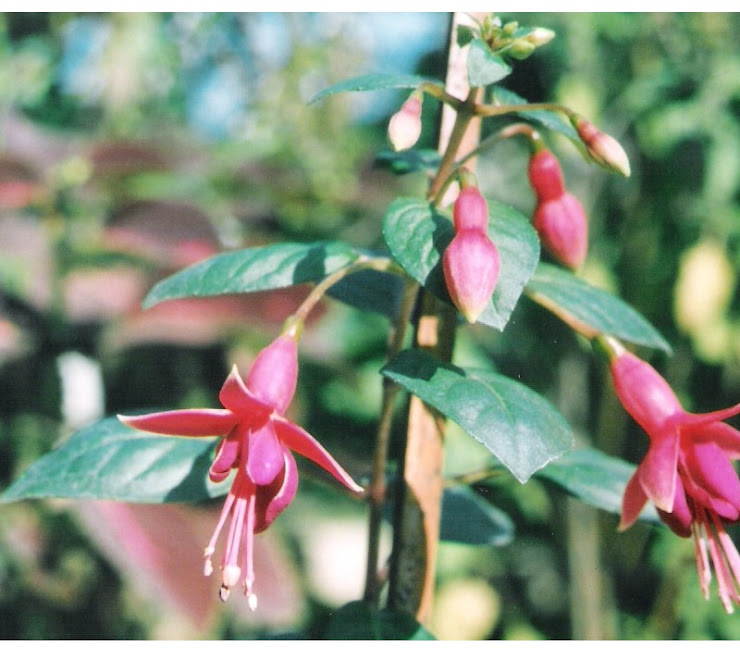JACOBINIA
(Justicia carnea Jacobinia)
(Justicia carnea Jacobinia)
Jacobinia is the old world, forest plant from the tropical region of Central and South America. These plants disappeared some 150 years ago but have since then again appeared in culture.
Jacobinia has about 50 varieties of plants extended exclusively in the tropics. Only two of these which are native to Brazil, are suitable for successful growing in the gardens as well as an indoor plant. Common name: Pink Jacobinia, Brazilian plume, king's crown, plume flower
Botanical name: Justicia carnea Family: Acanthaceae (Ruellia family)
Jacobinia has about 50 varieties of plants extended exclusively in the tropics. Only two of these which are native to Brazil, are suitable for successful growing in the gardens as well as an indoor plant. Common name: Pink Jacobinia, Brazilian plume, king's crown, plume flower
Botanical name: Justicia carnea Family: Acanthaceae (Ruellia family)
Pink Jacobinia is an upright, evergreen shrub, 3 to 7 feet tall and wide. In summer the plant covers itself with large showy spikes of flowers in pink color, or, as the name carnea indicates, flesh color. The flowers are tubes, flared at the mouth and curving outward from the center of the spike on which the flowers are arranged. The large coarse leaves are about 8 inches long by 2 inches wide. They're a rich green and depending on the variety they are oblong and pointed on the end. Pink Jacobinia is native to South America. It thrives in rich, well drained garden soils but is tolerant.
Jacobinia meat-red variety feels better all the year round in a semi shade area. Indoors it grows best near a window, with high humidity in the air. The temperature in the winter must be 18-20° C.
If this plant is kept in a premise with very dry air it leads to twisting of leaves and promotes the disease of a plant louses and the web tick.
Jacobinia meat-red variety feels better all the year round in a semi shade area. Indoors it grows best near a window, with high humidity in the air. The temperature in the winter must be 18-20° C.
If this plant is kept in a premise with very dry air it leads to twisting of leaves and promotes the disease of a plant louses and the web tick.
How to Care for Jacobinia Flowers
Jacobinia (Justicia carnea Jacobinia) produces striking plumes of large flowers. The flowers resemble the feather of a flamingo. Its common name is flamingo plant. Blooms range in color from pink and apricot to red and purple. Jacobinia grows between 3 and 7 feet tall. This evergreen plant thrives in tropical and subtropical areas and doesn't tolerate cold temperatures. A relatively low-maintenance landscape plant, jacobinia grows in beds and large containers outdoors.
Growing instructions:
Plant jacobinia in shaded, well drained beds having richsoil. Work organic matter, such as compost, into the soil prior to planting to improve soil quality and drainage.
Water the plants once a week when there is less than 1 inch of rainfall in the preceding seven days. Water at the base of the plants until the top 6 to 8 inches of soil is moistened.
Fertilisation:
Fertilise in spring when new growth appears, then again in summer and fall. Apply 1 tbsp. of slow-release, balanced fertilizer, such as a 10-10-10 analysis at each fertilisation. Work the fertiliser into the soil 3 to 4 inches from the plant's stem so the fertiliser doesn't come in direct contact with the jacobinia, which causes foliage burn.
Pruning:
Remove the flowering stems at the base once blooming is complete. Flower removal helps encourage further blossoming.Pinch off the tip of each growing stem in spring when the plant begins actively growing. Tip removal encourages branching and leads to a fuller plant.
Prune jacobinia early in spring before new growth begins. Remove dead and damaged leaves. Cut the oldest and tallest stems back to the leaf node closest to soil level to encourage new growth.
Propogation:
Jacobinia easily propagates from stem cutting. The cutting root quickly during the rainy season.
Warnings:
The plants may tolerate a frost, although all the foliage will die back to the ground. If a frost is predicted, cover plants to help prevent damage.








2 comments:
Nice post! Beautiful plant:)
Thanks for the post! Learnt about this beautiful plant in simple language:)
Post a Comment